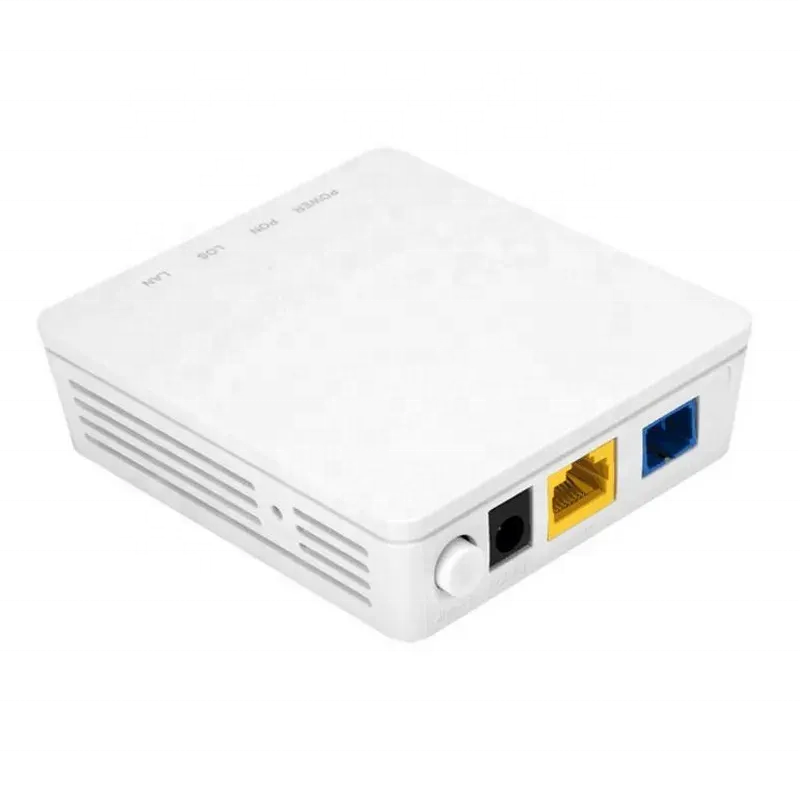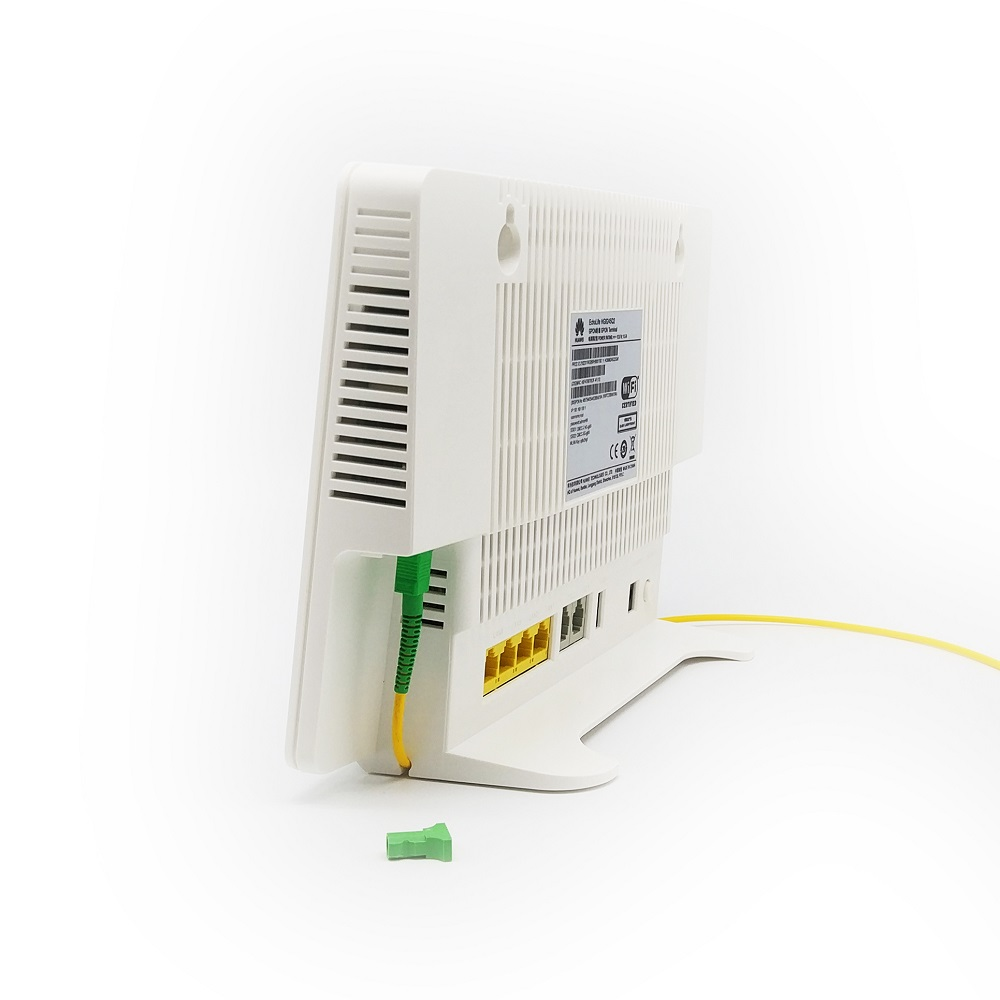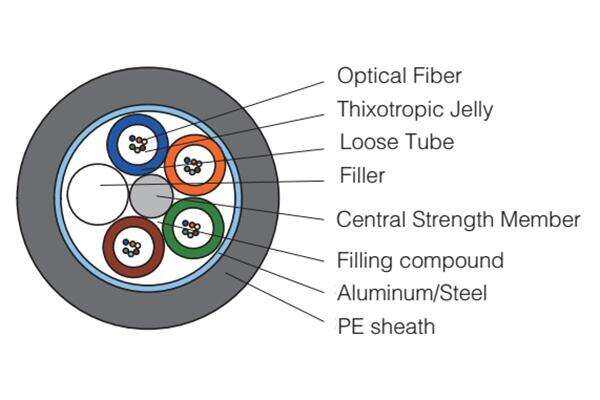ftth drop cable price
FTTH drop cable pricing represents a crucial consideration in fiber-to-the-home network deployments. These specialized cables serve as the final connection between the distribution network and individual subscribers' premises. The price point varies significantly based on several factors, including fiber count, cable construction, and mechanical specifications. Modern FTTH drop cables typically feature a compact design with enhanced durability to withstand various environmental conditions. They commonly incorporate G.657A1 or G.657A2 bend-insensitive fibers, which maintain signal integrity even when installed in tight spaces. The price structure often reflects the cable's protective elements, such as water-blocking materials, strengthening members, and UV-resistant outer jackets. Manufacturers offer different pricing tiers based on bulk quantities, with significant cost reductions available for larger orders. The market presents options ranging from basic single-fiber constructions to more sophisticated designs with multiple fibers and enhanced protection features. When considering FTTH drop cable prices, buyers must account for installation requirements, environmental conditions, and long-term maintenance costs. The total cost often includes additional components such as connectors, splicing materials, and installation hardware.


